Diversity of circular economic models
Mr. Hoang Dinh Que's family, Quynh Son residential group, Tan An ward is implementing a comprehensive farm model, including: Raising 2,500 pigs/batch, 12,000 ducks, 400 bamboo rats, growing 4,500 m2 of melons in greenhouses. The scale of farming is large, the amount of waste from pigs is up to 500-700 kg/day. To overcome the waste from farming, Mr. Que converted from an open barn model to a closed barn to raise pigs. Accordingly, he invested in building 300 m2 of earthworm ponds to treat pig manure, using earthworm manure to fertilize the melon farm. 4 rows of barns about 4,000 m2 wide for raising pigs have almost no foul odor.
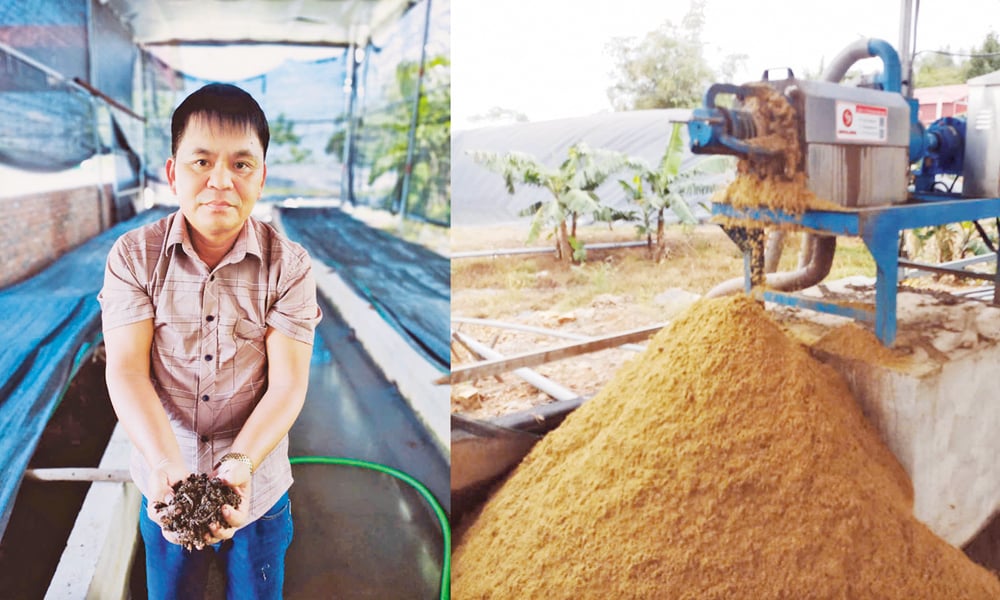 |
Mr. Hoang Dinh Que with earthworm farming model to treat livestock waste. Photo: Nguyen Huong. |
Mr. Que said: “In previous years, the amount of waste from livestock farming reached hundreds of tons/year, leading to environmental pollution, making it very difficult for me to handle. In 2017, I invested in building 6 earthworm ponds, with a total area of about 300 m2 . The food source for earthworms is all the pig manure discharged from the farm. In addition, I also use earthworm manure as fertilizer for a 4,500 m2 high-tech farm specializing in growing melons in greenhouses. Thanks to applying organic circular production, environmental pollution has been overcome, improving economic efficiency. Currently, from the family model, I have an income of 1-1.5 billion VND/year.”
Visiting the nearly 1.2 hectare breeding and beef cattle farm of Mr. Trinh Ba Bien's family in Xuan Hoi village, Tan Chi commune, we saw that the farm was scientifically arranged, including 4 sao of fish ponds, 300 m2 of barns for raising nearly 40 cows of various types, 200 m2 of earthworm tanks; nearly 100 m2 of warehouses for storing grass, straw and other types of feed for cows and nearly 6 sao of grass growing combined with growing fruit trees, raising geese, ducks, chickens... Mr. Bien said that each year from the circular economic cow farming model, his family has an income of about 400 million VND.
It is noteworthy that although the livestock barn is located right next to the family's house, it does not cause environmental pollution because all wastewater is collected and treated by 3 biogas tanks. Solid waste is collected as raw materials and food for raising earthworms. The main food source for cows is rice bran, wine lees, home-grown elephant grass, straw, etc. Mr. Bien added: "With 3 earthworm tanks with an area of about 150m2, it can handle all solid waste from the cows and bring about a yield of about 5-7 kg of earthworms per day."
Inevitable trend
Mr. Nguyen Hong Quang, Deputy Director of the Department of Agriculture and Environment, said: The whole province currently has nearly 200 households and farms applying organic circular production processes, typically: Organic rice production model linked with product consumption; mushroom production model; grass growing combined with beef cattle and breeding cattle in concentrated breeding areas; model of using microbial products to treat post-harvest straw right in the field to make organic fertilizer for the next rice crop...
| Circular economy in agriculture is a closed-cycle production process, waste and by-products of one process are inputs to another process through the application of scientific and technical advances, biotechnology, and physical and chemical technology. Thanks to that, farmers will exploit and use resources economically and effectively, minimize waste and post-harvest loss, create safe, high-quality products, especially minimize and eventually eliminate waste that pollutes the environment, protect the ecosystem and human health. |
In recent years, Bac Ninh province has issued many policies and guidelines to encourage organizations and individuals to promote agricultural development. In particular, high-tech agriculture and circular economy agriculture are focused. Thanks to that, many localities have developed and expanded many circular economy agricultural models that apply technical advances. However, the construction and development of these economic models are still modest and not very effective. In addition, models of recycling and recovering agricultural by-products have not yet developed. The reason is that people's awareness of circular agriculture is still limited; land is fragmented and difficult to accumulate; production scale is still small; especially there is a lack of legal bases, policy mechanisms, etc.
To promote agricultural development towards a circular economy, many opinions believe that it is necessary to raise awareness among state management agencies, businesses and farmers first. In particular, it is necessary to emphasize the role of producers and businesses in developing a circular economy in order to move towards a mindset of responsible production and rational use of resources.
Along with that, it is necessary to create motivation for localities, businesses, and farmers to invest in circular agriculture through capital support, technology, and market research. Encourage research facilities and scientists to research and develop new technologies; review and supplement policies to support the development of circular agriculture... on farms. Build production chains that clearly define the role of each component, move towards specialization and systematization closely linked to the application of scientific advances.
Source: https://baobacninhtv.vn/tai-su-dung-phu-pham-chia-khoa-cua-nong-nghiep-tuan-hoan-postid422653.bbg


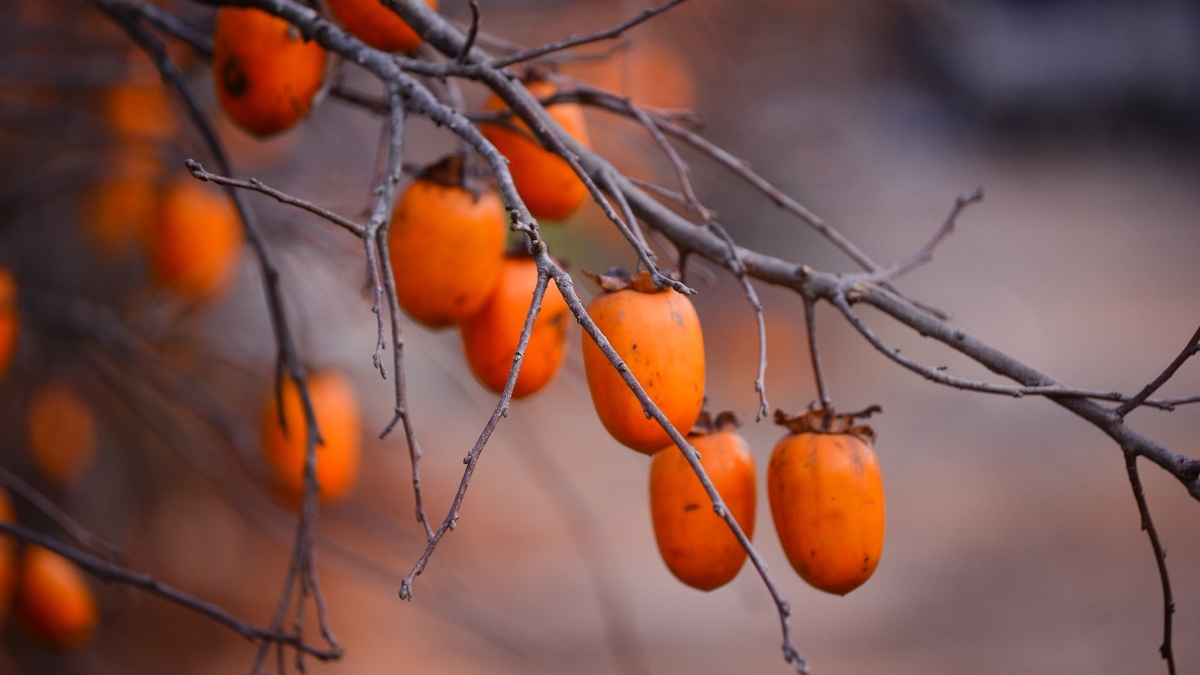


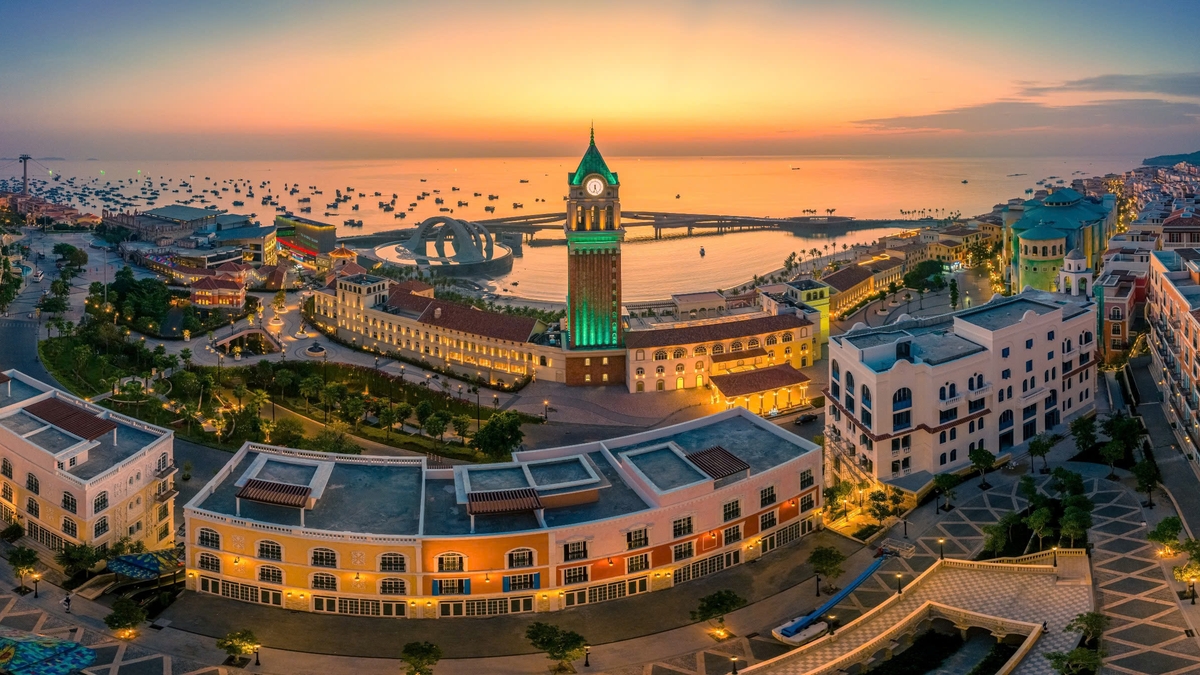




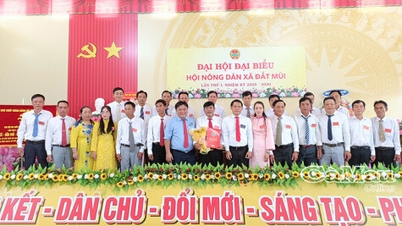

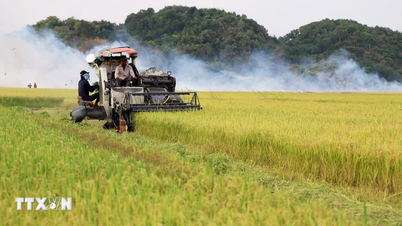

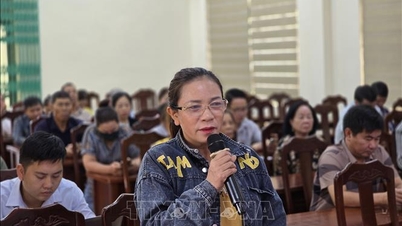
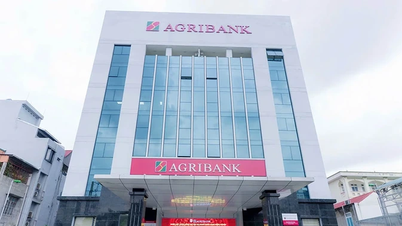

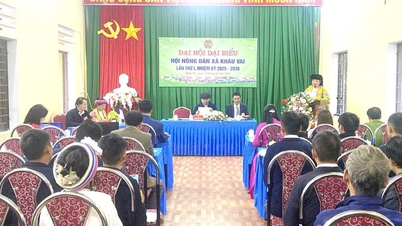

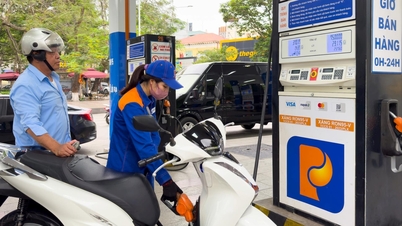

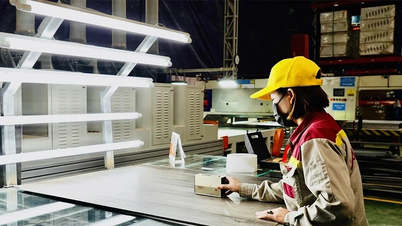


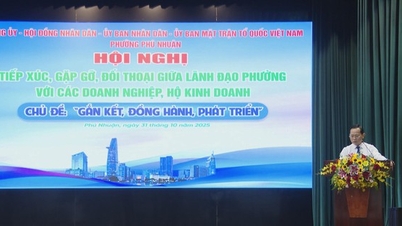
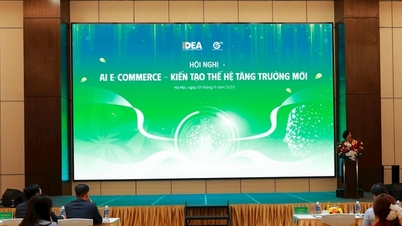







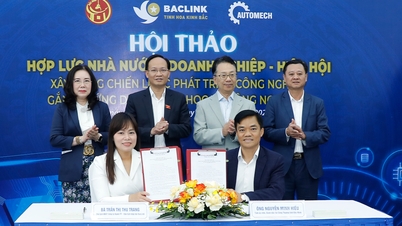
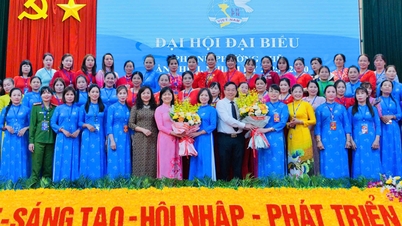
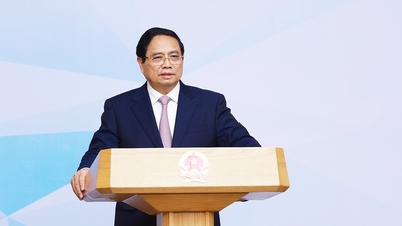
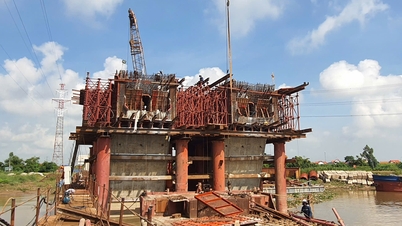
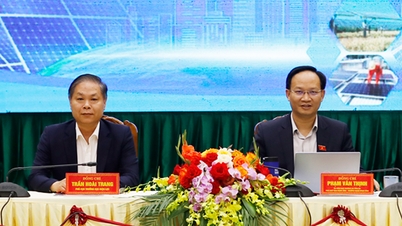
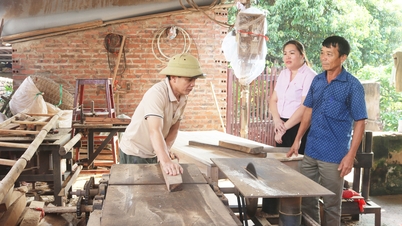



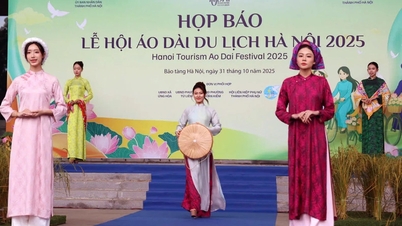

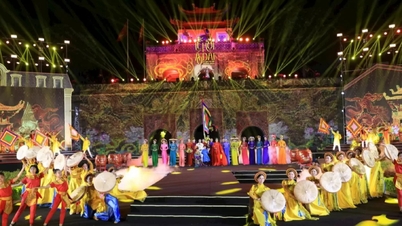

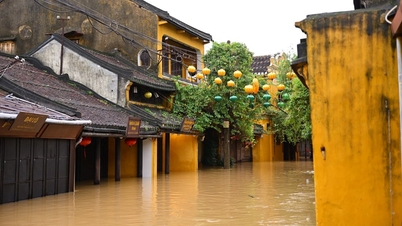

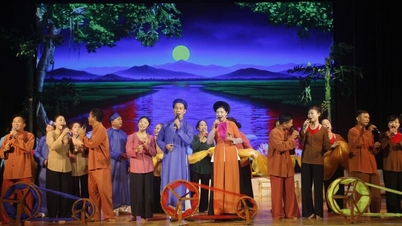

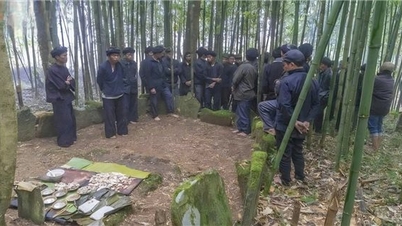



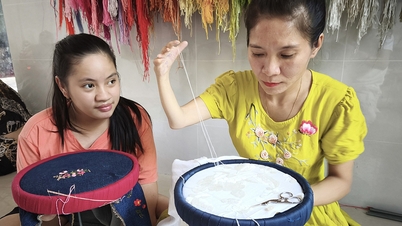





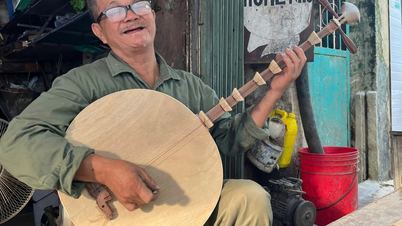


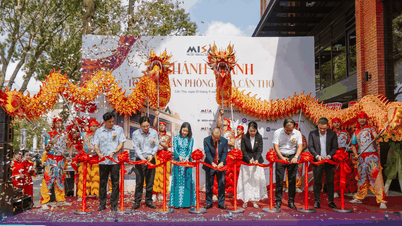

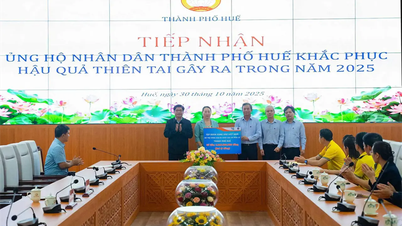
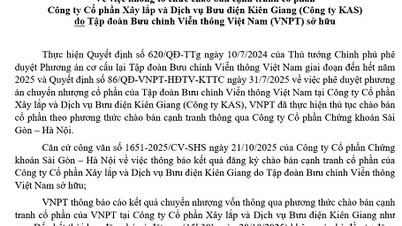

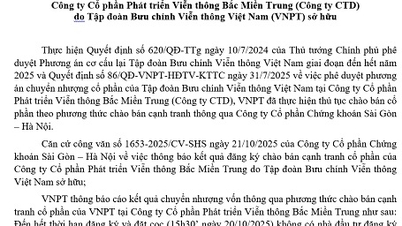
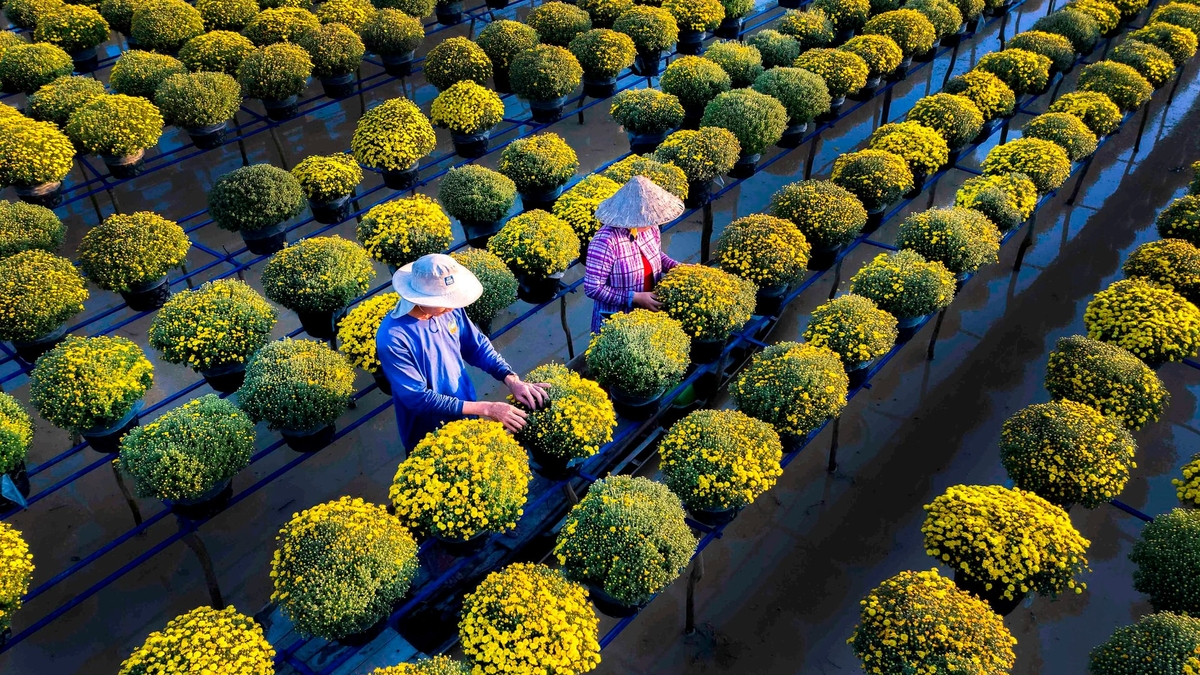











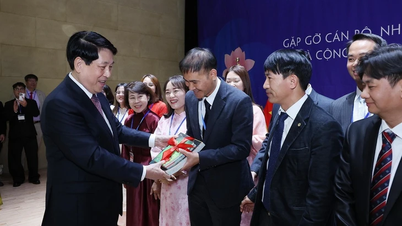
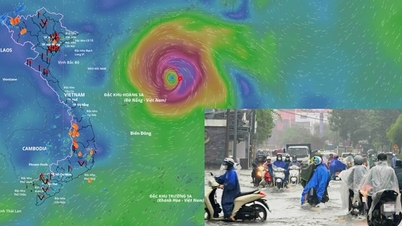

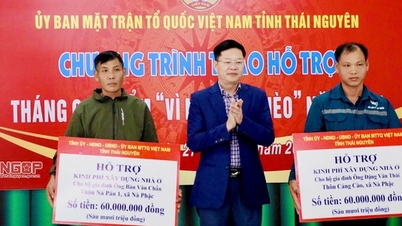
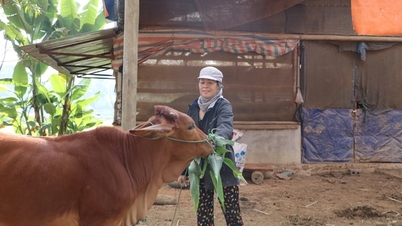
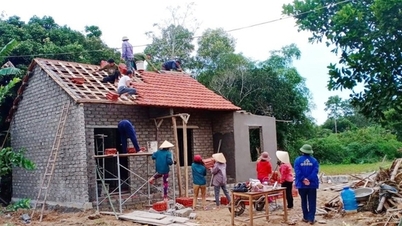
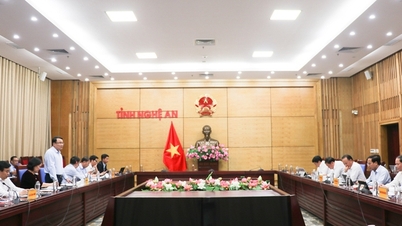
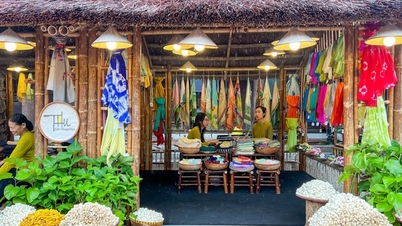
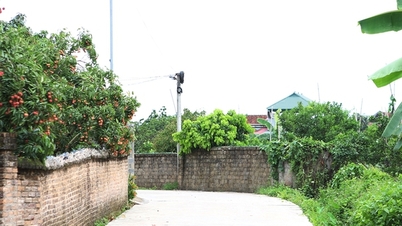
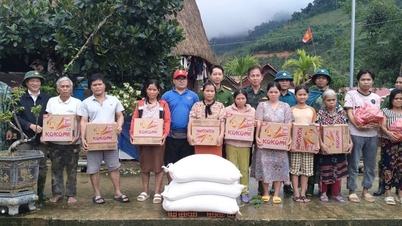



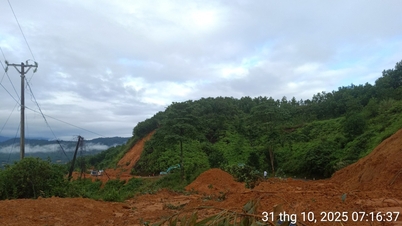

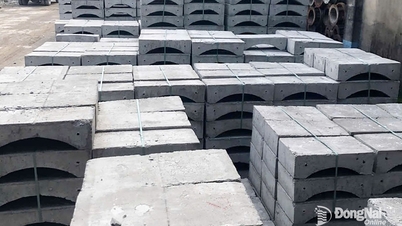

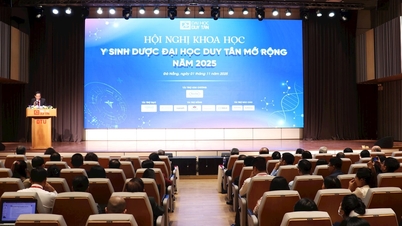
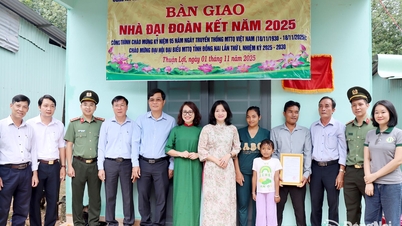













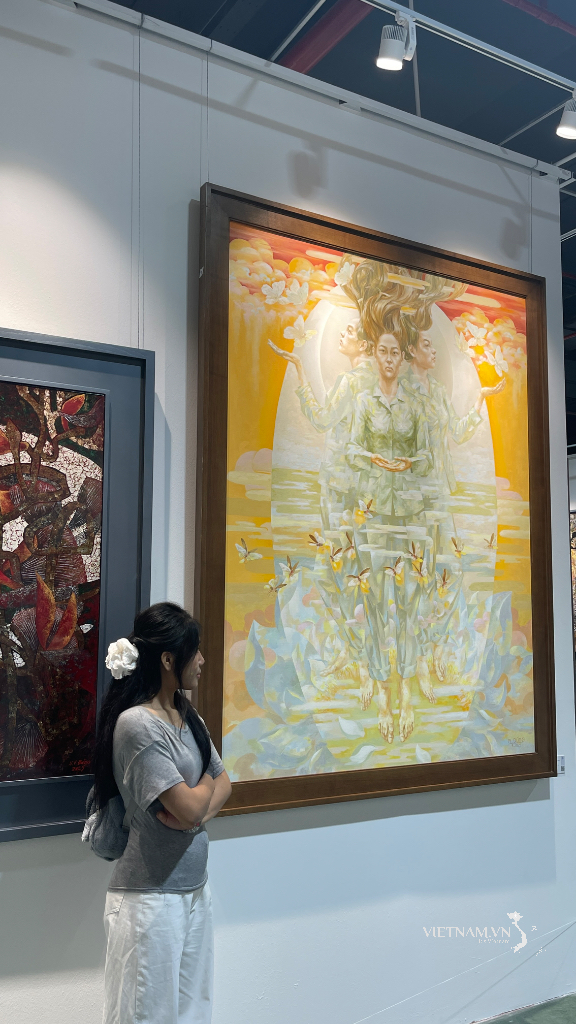
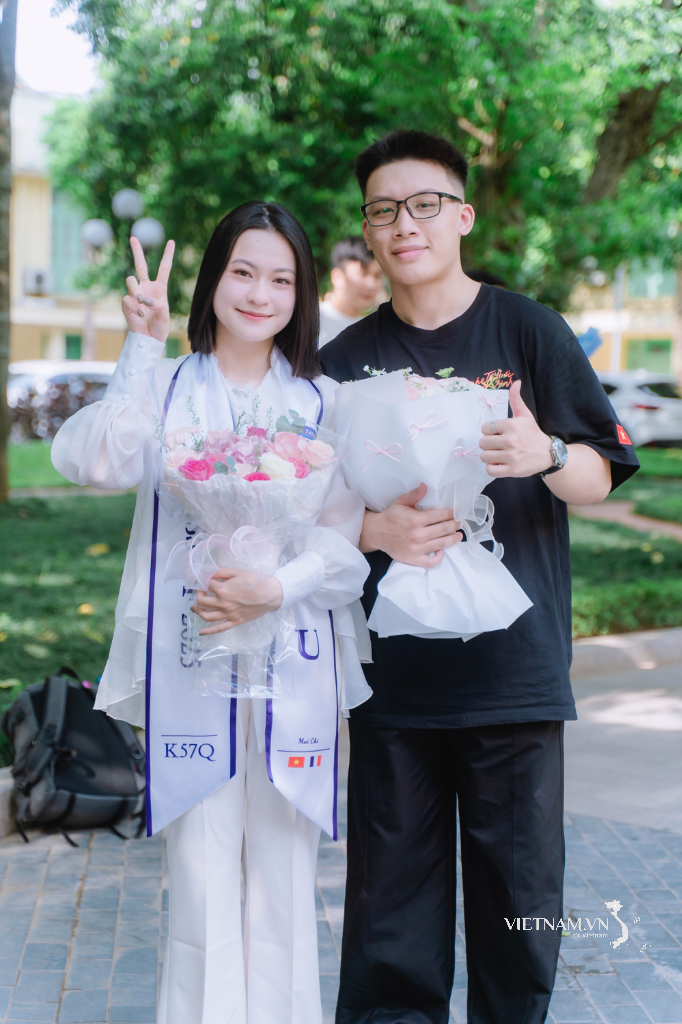
Comment (0)